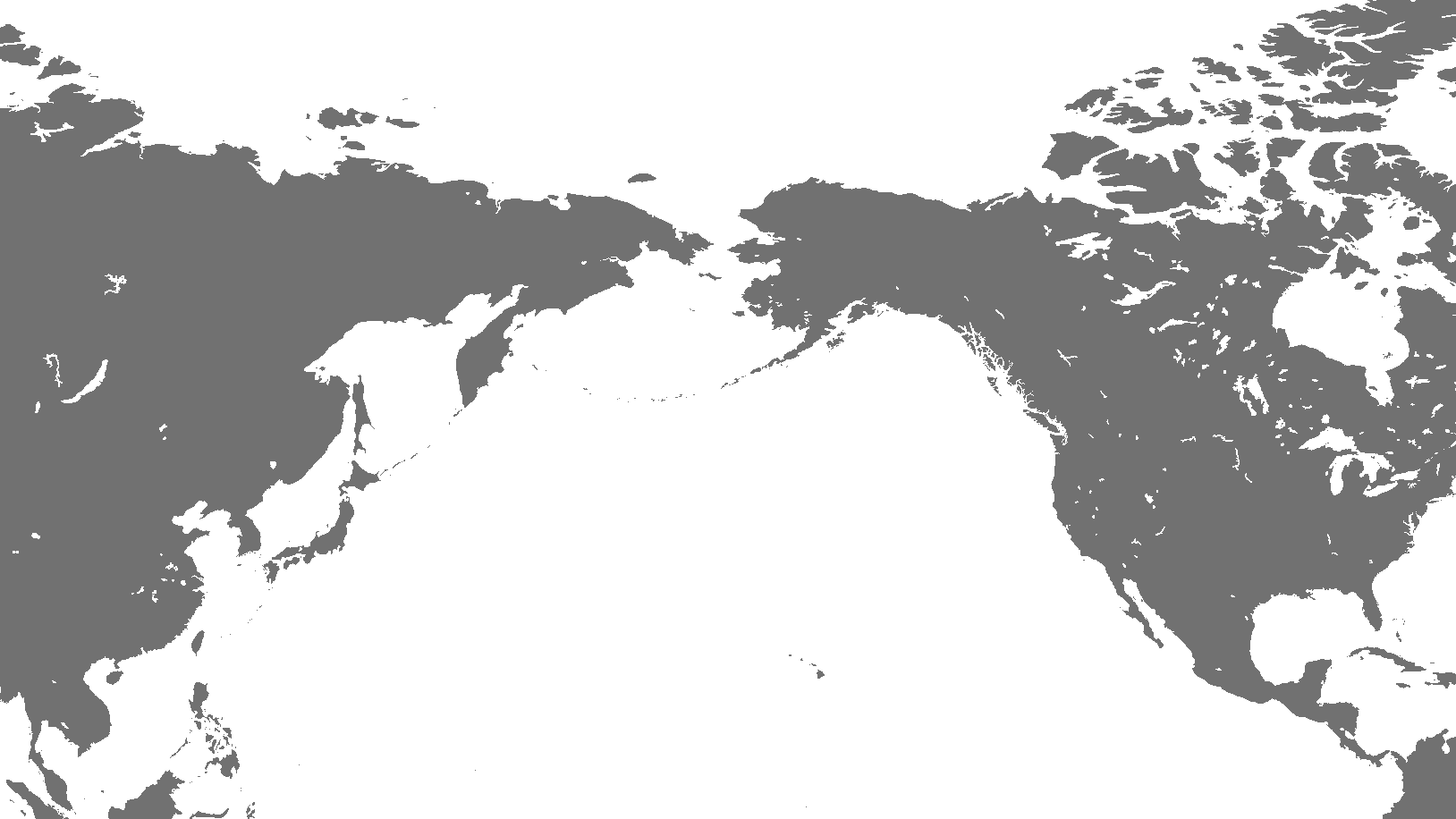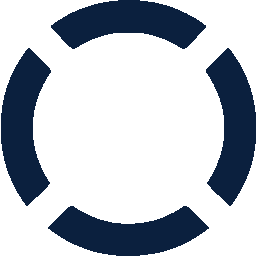
History

-
Westwood Shipping Lines is integrated to the Swire Shipping brand.
-
 Swire Shipping acquires Westwood Shipping Lines at the end of June.
Swire Shipping acquires Westwood Shipping Lines at the end of June. -
 Westwood begins calling the Port of Seattle.
Westwood begins calling the Port of Seattle. -
 Westwood begins calling the Port of Tacoma.
Westwood begins calling the Port of Tacoma. -
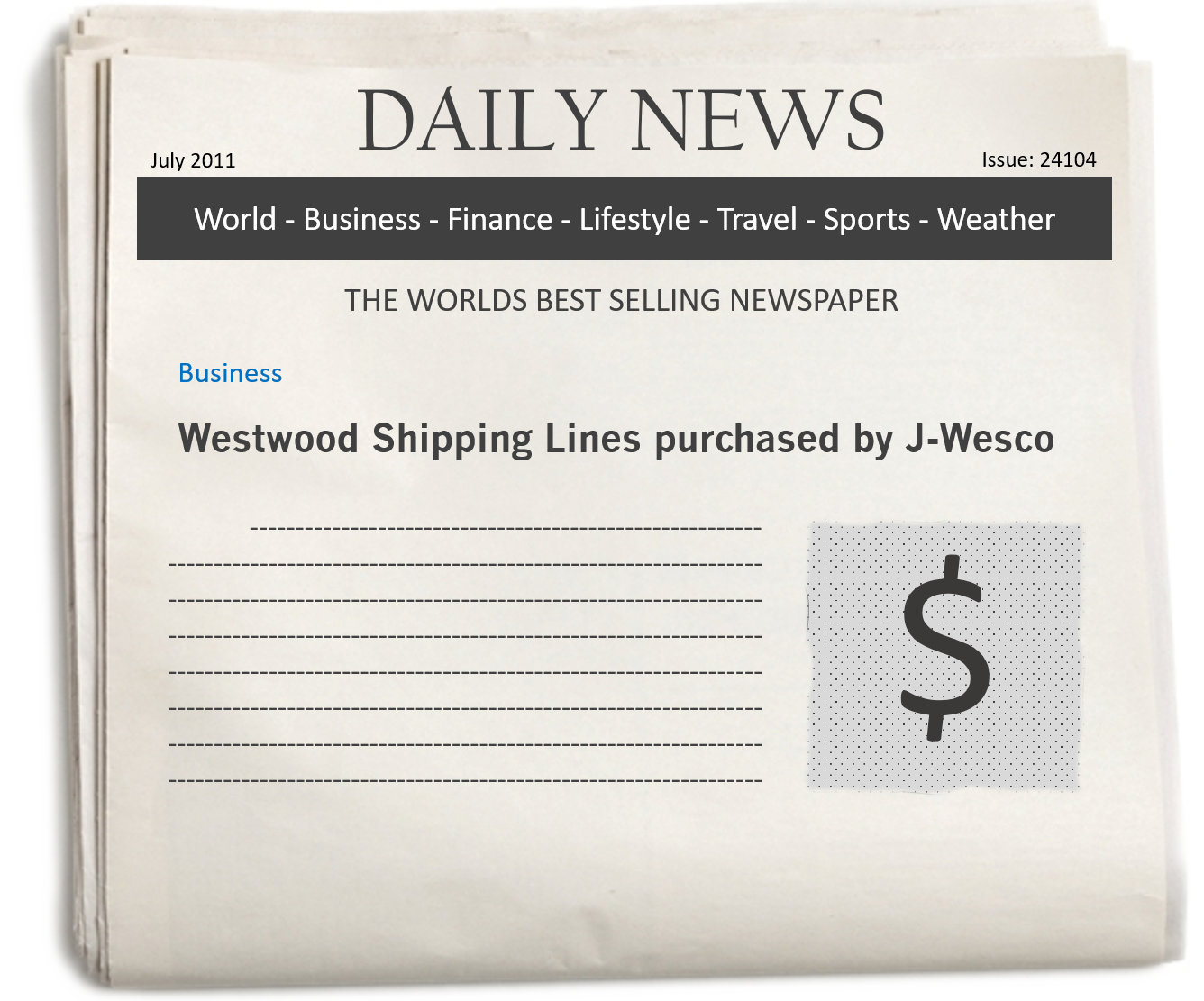 J-WeSco acquires Westwood Shipping Lines from Weyerhaeuser.
J-WeSco acquires Westwood Shipping Lines from Weyerhaeuser. -
Westwood begins service from Portland to Japan.
-
 Westwood begins regular monthly service to China.
Westwood begins regular monthly service to China. -
 Westwood and Star Shipping’s space-sharing and sailing agreement ends. Westwood charters three replacement vessels.
Westwood and Star Shipping’s space-sharing and sailing agreement ends. Westwood charters three replacement vessels. -
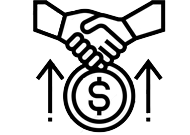 Westwood and Star Shipping initiate a space-sharing and sailing agreement.
Westwood and Star Shipping initiate a space-sharing and sailing agreement. -
 The Westwood Columbia, Westwood Victoria, and Westwood Olympia join the Westwood Rainier.
The Westwood Columbia, Westwood Victoria, and Westwood Olympia join the Westwood Rainier. -
Westwood begins regular service to Hitachinaka, Japan.
-
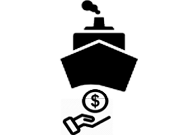 Westwood places order for new state-of-the-art vessels.
Westwood places order for new state-of-the-art vessels. -
 Westwood begins performing all sales and customer services in North America.
Westwood begins performing all sales and customer services in North America. -
 Westwood celebrates our first decade of transpacific shipping.
Westwood celebrates our first decade of transpacific shipping. -
Westwood begins offering a weekly Pacific eastbound container and breakbulk service.
-
Westwood withdraws from the north Europe market to focus on the strategically important transpacific market.
-
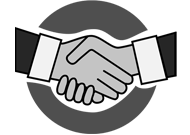 A joint sailing agreement is launched with Gearbulk Container Services to upgrade eastbound transpacific service to weekly frequency.
A joint sailing agreement is launched with Gearbulk Container Services to upgrade eastbound transpacific service to weekly frequency. -
 Westwood receives the first of five newly built, state-of-the-art "S" ships, the Westwood Marianne, under long-term contract with Saga Forest Carriers.
Westwood receives the first of five newly built, state-of-the-art "S" ships, the Westwood Marianne, under long-term contract with Saga Forest Carriers. -
 Transpacific service is upgraded to 10-day eastbound frequency with a Canadian Transport Company joint sailing agreement.
Transpacific service is upgraded to 10-day eastbound frequency with a Canadian Transport Company joint sailing agreement. -
Full-fledged transpacific container/breakbulk service is inaugurated by Westwood with two "M" ships and two "J" ships.
-
 Westwood enters into a joint venture with Hoegh, named Westwood Transpacific Service.
Westwood enters into a joint venture with Hoegh, named Westwood Transpacific Service. -
Weyerhaeuser changes its name to Westwood Shipping Lines and commences service as a container and breakbulk common carrier between the North American West Coast and northern Europe.
-
 The Hoegh Mascot briefly strands on a Columbia River shoal caused by mud flow from the eruption of Mt. St. Helens.
The Hoegh Mascot briefly strands on a Columbia River shoal caused by mud flow from the eruption of Mt. St. Helens. -
 Two new "J" ships enter service to carry newsprint from the newly opened Weyerhaeuser/Jujo NORPAC mill at Longview.
Two new "J" ships enter service to carry newsprint from the newly opened Weyerhaeuser/Jujo NORPAC mill at Longview. -
Weyerhaeuser contracts with Hoegh to build six open-hatch, gantry-crane vessels (second generation of "M" ships) to carry forest products to Europe.
-
 Calmar Line ceases intercoastal service on which Weyerhaeuser was a major shipper.
Calmar Line ceases intercoastal service on which Weyerhaeuser was a major shipper. -
 The last two Weyerhaeuser Liberty ships are sold.
The last two Weyerhaeuser Liberty ships are sold. -
Weyerhaeuser obtains the first major charter contract for foreign shipping. The First set of "M" ships is chartered to carry forest products to Europe.
-
Weyerhaeuser Line headquarters moves from San Francisco to Tacoma.
-
Weyerhaeuser's first transportation of finished products (forest products) to a foreign market (Australia) was completed.
-
 Weyerhaeuser begins chartering logships to Japan following the Columbus Day 1962 windstorm, which left an abundance of fallen timber in the Northwest.
Weyerhaeuser begins chartering logships to Japan following the Columbus Day 1962 windstorm, which left an abundance of fallen timber in the Northwest. -
Weyerhaeuser Line is established after Weyerhaeuser Steamship becomes a division of Weyerhaeuser Company.
-
 Six Liberty ships are rehabilitated in the most extensive Liberty ship reconstruction to date.
Six Liberty ships are rehabilitated in the most extensive Liberty ship reconstruction to date. -
Pacific Coast Direct Line is purchased; Weyerhaeuser Steamship moves from Newark to San Francisco.
-
 Four World War II Liberty ships purchased for Weyerhaeuser return to intercoastal service.
Four World War II Liberty ships purchased for Weyerhaeuser return to intercoastal service. -
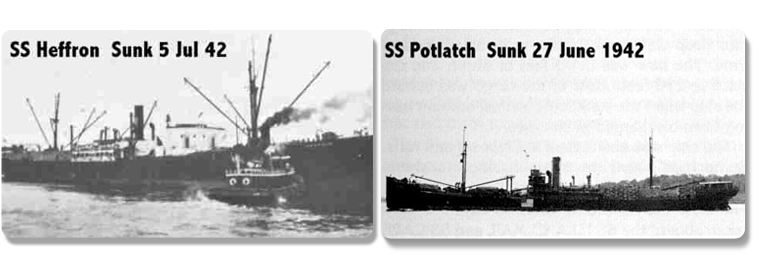 The Potlatch and the Heffron are sunk by torpedoes fired from German submarines.
The Potlatch and the Heffron are sunk by torpedoes fired from German submarines. -
 Four ships are diverted on orders of the U.S. government to rush war supplies to British forces in Egypt; later, all eight of the company's vessels are requisitioned by the War Shipping Administration.
Four ships are diverted on orders of the U.S. government to rush war supplies to British forces in Egypt; later, all eight of the company's vessels are requisitioned by the War Shipping Administration. -
Weyerhaeuser Steamship Company establishes marine operations; headquarters moves from Tacoma to Newark, New Jersey.
-
Weyerhaeuser's first ocean shipping operation is launched with purchase of two freighters, the Pomona and the Hanley, to carry lumber from the Northwest to the East Coast.
-
Weyerhaeuser Timber Company is established at Tacoma, Washington, after 900,000 acres of Northwest timberlands are purchased.
-
 The F. Weyerhaeuser, a 140-foot sternwheeler built for towing logs, is christened by Weyerhaeuser and Denkman Company (a Midwest Partnership).
The F. Weyerhaeuser, a 140-foot sternwheeler built for towing logs, is christened by Weyerhaeuser and Denkman Company (a Midwest Partnership).
